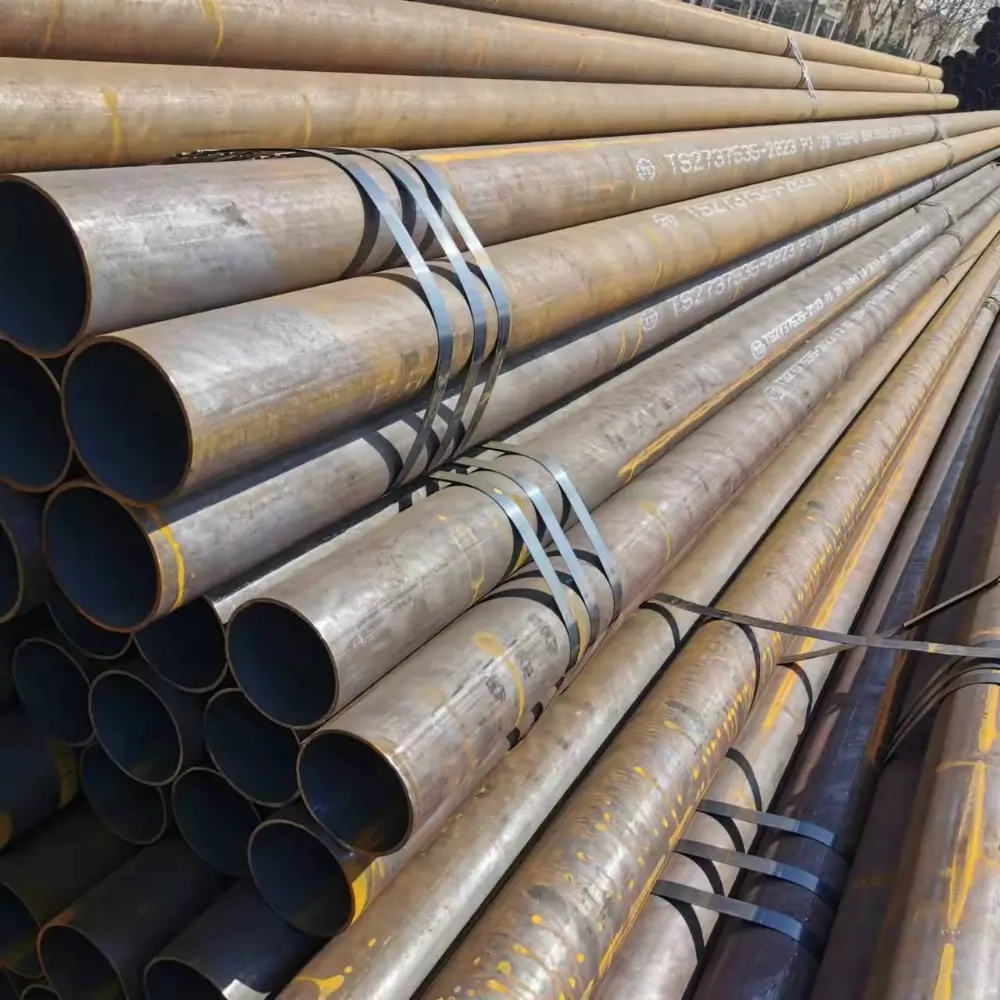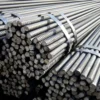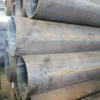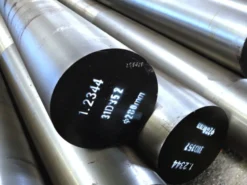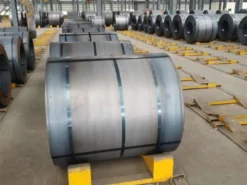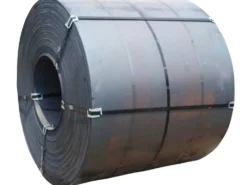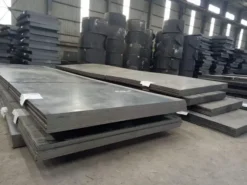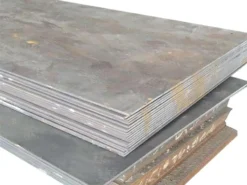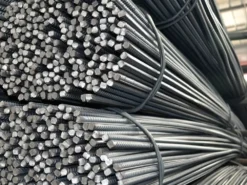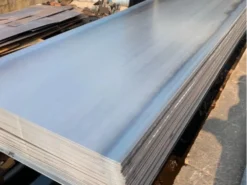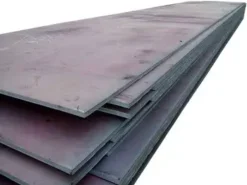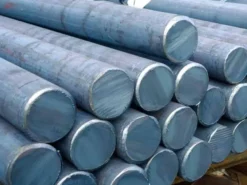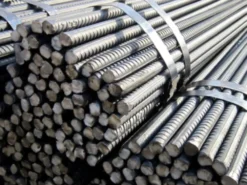| Product name | Carbon Steel Pipe |
|---|---|
| Technology | Hot Rolled, Cold Rolled |
| Surface | Black, Bright, Galvanized Coated |
| Edge | Mill Edge Slit Edge |
| Size | Customized Size |
| Usage | Construction Structure, Industry, Ship |
| MOQ | 1 Ton |
| Delivery time | 7-15 Days |
Product description
Seamless steel pipe is a steel pipe that is perforated from the entire round steel and has no welds on the surface, which is called seamless steel pipe. According to production methods, seamless steel pipes can be divided into hot-rolled seamless steel pipes, cold-rolled seamless steel pipes, cold-drawn seamless steel pipes, extruded seamless steel pipes, top pipes, etc. According to the cross-sectional shape, seamless steel pipes are divided into two types: circular and irregular. The irregular pipes have various complex shapes such as square, elliptical, triangular, hexagonal, melon seed, star, and finned pipes. The maximum diameter is 900mm, and the minimum diameter is 4mm. According to different purposes, there are thick walled seamless steel pipes and thin-walled seamless steel pipes. Seamless steel pipes are mainly used for petroleum geological drilling pipes, cracking pipes for petrochemical industry, boiler pipes, bearing pipes, and high-precision structural steel pipes for automobiles, tractors, and aviation.
A steel pipe without joints along its cross-sectional perimeter. According to different production methods, they are divided into hot-rolled pipes, cold-rolled pipes, cold-drawn pipes, extruded pipes, and top pipes, all with their own process regulations.The materials include ordinary and high-quality carbon structural steel (Q215-A-Q275-A and 10-50 steel), low alloy steel (09MnV, 16Mn, etc.), alloy steel, stainless and acid resistant steel, etc.According to the purpose, it can be divided into two categories: general purpose (for water and gas pipelines and structural parts, Machine element) and special purpose (for boilers, geological exploration, bearings, acid resistance, etc.).
Seamless steel pipes are widely used.
1. Seamless steel pipes for general purposes are rolled from ordinary carbon structural steel, low alloy structural steel, or alloy structural steel, with the highest yield and mainly used as pipelines or structural parts for conveying fluids.
2. Supply is divided into three categories based on different purposes:
- a. Supplied according to chemical composition and mechanical properties;
- b. Supplied according to mechanical properties;
- c. Supply according to hydraulic test.
3. There are various types of seamless pipes for specialized purposes, such as seamless pipes for boilers, seamless pipes for chemical power, seamless steel pipes for geology, and seamless pipes for petroleum.
Seamless steel pipes have a hollow cross-section and are widely used as pipelines for transporting fluids, such as oil, natural gas, gas, water, and certain solid materials. Compared with solid steel such as round steel, steel pipes have a lighter weight when their bending and torsional strength are the same, making them an economic cross-section steel.It is widely used to manufacture structural parts and Machine element, such as oil drill pipes, automobile transmission shafts, bicycle frames, and steel scaffolding used in construction. It can improve the utilization rate of materials, simplify the manufacturing process, save materials and processing hours, and has been widely manufactured with steel pipes.
The production process of general seamless steel pipes can be divided into two types: cold drawing and hot rolling. The production process of cold rolled seamless steel pipes is generally more complex than hot rolling. The pipe blank first needs to undergo three-roll continuous rolling, and after extrusion, it needs to undergo diameter testing. If there are no response cracks on the surface, the round pipe needs to be cut by a cutting machine, cutting a billet with a length of about one meter. Then enter the annealing process, where acidic liquid is used for pickling. During pickling, attention should be paid to whether there is a large amount of blistering on the surface. If there is a large amount of blistering, it indicates that the quality of the steel pipe does not meet the corresponding standards. The appearance of cold-rolled seamless steel pipes is shorter than that of hot-rolled seamless steel pipes. The wall thickness of cold-rolled seamless steel pipes is generally smaller than that of hot-rolled seamless steel pipes, but the surface looks brighter than thick walled seamless steel pipes, with no too much roughness on the surface and no too many burrs on the diameter.
The delivery status of hot-rolled seamless steel pipes is generally after heat treatment in the hot-rolled state. After undergoing quality inspection, hot-rolled seamless steel pipes must undergo strict manual selection by the staff. After the inspection, the surface must be coated with oil, followed by multiple cold drawing experiments. After hot rolling treatment, perforation experiments must be conducted. If the perforation and expansion are too large, straightening and correction must be carried out. After straightening, it is transported by the conveyor device to the flaw detection machine for flaw detection experiments. Finally, labels are attached, specifications are arranged, and placed in the warehouse.

